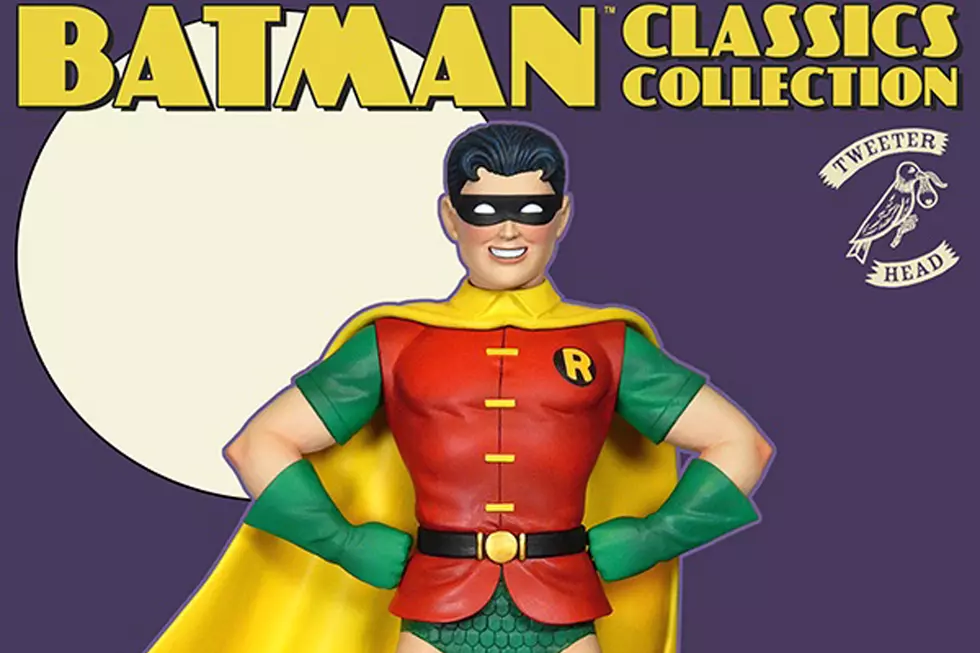
Recognizing the Definitive Bat-Brilliance Of Dick Sprang!
Of the many thousands of artists who have depicted Batman over the last three quarters of a century, there are a small handful whose interpretations can be labeled definitive – pencillers whose depictions didn't just impact fans, but other creators who have worked on the character. In the '80s, it was Norm Breyfogle and Frank Miller; in the '70s, Neal Adams and Jim Aparo; in the '60s, Carmine Infantino.
But for a comic fan growing up in the '40s and '50s, one of the greatest conundrums was that of who wrote and drew the comics they loved – very few artists signed their work, even fewer writers were properly credited, and of those features that actually bore names, the credit often went to the feature's originator or the head of the studio, as opposed to the actual production team.
So, though he was the artist of that era who best captured the look and feel of the Dynamic Duo, Richard W. "Dick" Sprang spent his most productive years in relative anonymity. DC's arrangement with Bob Kane specified that Kane be the only name credited for Batman stories.
Thankfully, the emergence of comic fandom in the early '60s helped make public the actual names behind the Batman books, as it had long since became obvious to astute readers that Kane was either a wildly inconsistent artist, or a collective alias for a number of different individuals who differed greatly in approach and skill level. The efforts of fanzine publishers gave overdue acclaim to the creators who helped mold the mythos –writers and artists like Bill Finger, Jerry Robinson, and Sheldon Moldoff began to gain recognition for their contributions, and Dick Sprang finally became known as more than simply "Bob Kane on a good day", and received the accolades he so richly deserved.
And truly, despite the stellar efforts of others working for Kane and DC in that era, it was Dick Sprang who defined Gotham City in the post-war years. His barrel-chested, smiling, square-jawed Caped Crusader seemed equally at home in whatever odd setting the writers threw at him, be it the distant past, the canals of Venice, or outer space. Sprang also contributed numerous vital details to Batman's world, co-creating characters including The Riddler, Tiger Shark, and Killer Moth, redesigning the Batmobile a number of times, and coming up with one of the finest mechanical innovations of the Golden Age: The Jokermobile.
Sprang began his illustration career in the 1930s, working on various pulps and comic strips, and was first assigned to Batman in 1941. He moved from New York to Arizona in 1946, and produced comic work while spending his free time exploring and surveying, discovering Ananzi ruins, and becoming an expert on native settlements and pioneer trails.
Sprang retired from full-time comic work in the early '60s as DC's redesigned "New Look" Batman became the new standard, and he became a regular guest at comic conventions in the '70s, selling sketches and commissions, and accepting occasional freelance work. In the '90s, he produced some limited-edition lithographs that became highly collectible fan favorites, and he continued to work and attend conventions right up until his death at the turn of the millennium.
So today, July 28th, on the anniversary of his birth in 1915, we at ComicsAlliance are happy to celebrate the life, art, and contributions of Dick Sprang!
You Think You Know Batman? Here Are Some Facts You May Not Know
More From ComicsAlliance









